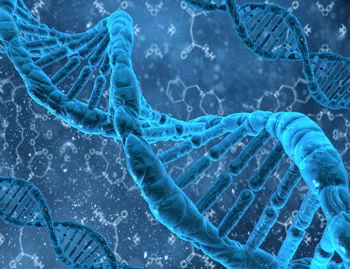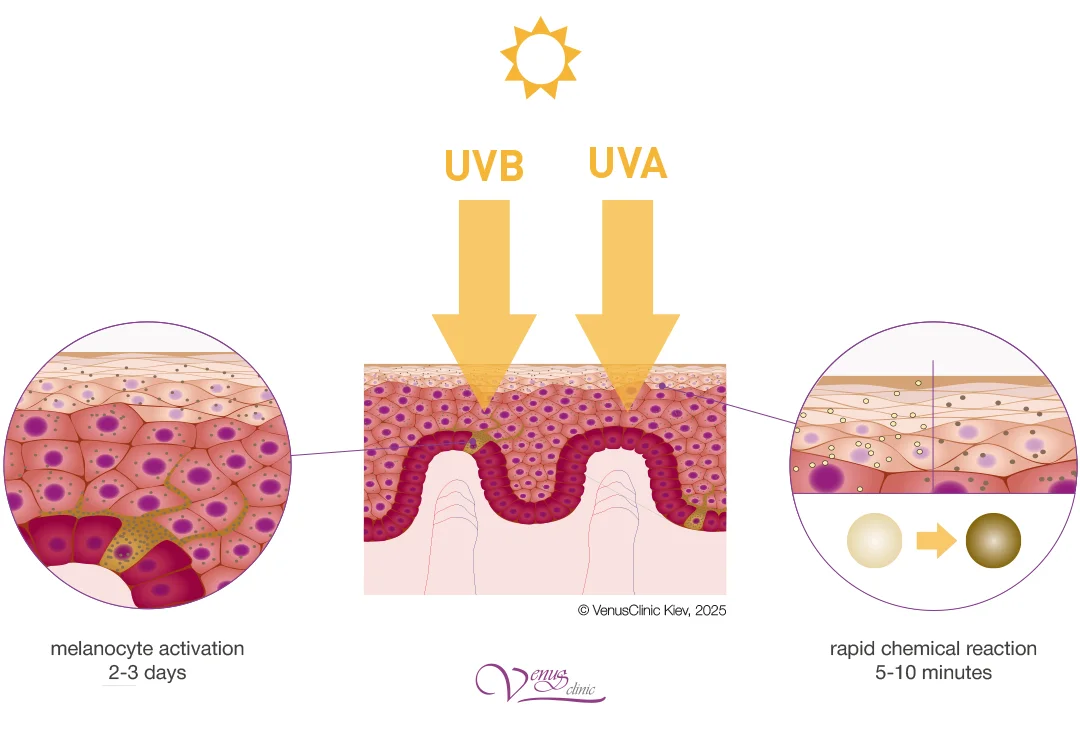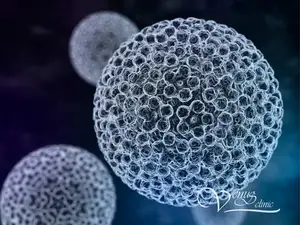
Melanin: What It Is and How It Affects Skin Color
Melanin is the key pigment that determines the color of our skin, hair, and eyes. Understanding its synthesis processes helps better comprehend how the skin's natural protection from solar radiation works and why people have different skin colors.
Table of Contents
What is melanin
Melanin is a pigment found in skin, hair, and eye cells. It is responsible for their color and performs an important protective function in the human body.

Melanin is synthesized by specialized cells called melanocytes, located in the basal layer of the epidermis. This pigment not only gives skin its color but also acts as a natural sunscreen filter, protecting cellular DNA from the damaging effects of ultraviolet radiation.
Types of melanin
There are two main types of melanin that differently affect skin pigmentation:
Eumelanin
- Gives skin dark brown and black color
- Main type of melanin in people with dark skin
- Not water-soluble
- Provides long-lasting tanning effect
- Better protection against UV radiation
Pheomelanin
- Red-yellow colored pigment
- Predominates in people with light skin
- Water-soluble
- Causes temporary skin reddening
- Less effective sun protection
The ratio of eumelanin to pheomelanin determines not only skin color but also its ability to tan and susceptibility to sunburn.
Functions of melanin in the body
Melanin performs several important functions:
- Photoprotection - filters sunlight before it can damage skin cells
- Antioxidant action - neutralizes free radicals formed under UV radiation influence
- Thermoregulation - dark skin better absorbs and dissipates heat
- DNA protection - prevents mutations in skin cells
What determines melanin levels
Genetic factors

The genetically determined level of pigmentation is called constitutive pigmentation. This feature forms the basis for the classification of skin phototypes according to Fitzpatrick. This baseline level cannot be changed, but it can be influenced by external factors.
External factors
Melanin levels also depend on external factors:

- Ultraviolet radiation - the main external stimulator of melanin synthesis
- Hormonal changes - pregnancy, hormonal medication use
- Age - melanin synthesis slows down with age
- Lifestyle - time spent in the sun, occupational activities
- Skin inflammation - can stimulate local pigmentation increase, called post-inflammatory hyperpigmentation
Melanogenesis - how melanin is produced
Melanogenesis is a complex biochemical process of melanin synthesis in specialized cells called melanocytes.
Melanocytes and their role
Melanocytes are cells that produce melanin. They develop in the fetal neural tube and migrate to the basal layer of skin before birth. Melanocytes are also present in hair follicles, determining hair color.
The number of melanocytes is approximately the same in all people regardless of race. The difference in skin color is determined not by the number of these cells, but by:
- Melanocyte activity
- Type of melanin produced
- Size and number of melanosomes (organelles that store melanin)
- Rate of melanin distribution in keratinocytes
How tanning develops
The tanning process is a complex interaction between melanocytes and keratinocytes:
Step 1: Stimulation
UV radiation activates melanocytes and stimulates melanin synthesis
Step 2: Synthesis
Melanocytes begin actively synthesizing melanin in specialized organelles called melanosomes
Step 3: Transport
Through melanocyte dendrites, melanin is transferred to keratinocytes - the main epidermal cells
Step 4: Distribution
Each melanocyte interacts with 30-40 keratinocytes, transferring melanin to them for UV protection
In people with dark skin, melanin is distributed throughout all epidermal layers and persists longer. In light-skinned people, melanin concentrates mainly in the upper layers and degrades more quickly.
Sun's influence on melanin synthesis
Solar radiation affects skin pigmentation differently depending on the type of UV rays:
Immediate pigmentation
UVA radiation (315-400 nm)
- Causes immediate skin darkening within 5-10 minutes
- Effect lasts from several minutes to several days
- Does not increase new melanin production
- Works through photochemical reactions causing darkening and redistribution of existing melanin
Delayed pigmentation
UVB radiation (280-315 nm)
- Stimulates new melanin synthesis
- Effect appears 2-3 days after exposure
- Lasts several weeks
- Predominantly stimulates eumelanin production
- Can cause sunburn with excessive exposure

Chronic sun exposure increases overall melanin levels and provides additional natural protection from UV radiation. However, this does not replace the need for sunscreen use.
Melanin and skin cancer risk
Melanin levels in the skin directly affect the risk of developing skin cancer:
Dark skin (high eumelanin content)
- Low risk of sunburn
- Rarely develops skin cancer
- Natural SPF up to 13-15
- Risk exists on non-pigmented areas (palms, soles)
Light skin (pheomelanin predominance)
- High risk of sunburn
- Increased risk of all types of skin cancer
- Natural SPF only 2-4
- Requires particularly careful sun protection
Types of sun exposure and risks
Chronic exposure (regular daily sun exposure):
- Gradually increases melanin levels
- May have protective effect against melanoma
- Increases risk of basal cell and squamous cell carcinoma
Acute exposure (intense short-term exposure):
- Main risk factor for melanoma
- Causes DNA damage in cells
- Especially dangerous for people who are not usually in the sun
Despite the natural protection provided by melanin, all people are recommended to use sunscreen and avoid excessive UV exposure. Skin cancer risk increases with cumulative UV exposure throughout life.
Conclusions
Melanin is not just a pigment that determines skin color. It is a complex protective system of the body that evolved to protect against harmful effects of solar radiation. Understanding melanin synthesis processes and functions helps better care for skin health and properly assess individual risks when exposed to sun.
Remember: even dark skin with high melanin content needs protection from excessive UV radiation. Use sunscreen products, avoid sun exposure during peak hours, and regularly examine your skin with a dermatologist.
Frequently Asked Questions
Can melanin production be increased naturally?
Yes, regular moderate sun exposure stimulates natural melanin production. Foods rich in tyrosine (fish, nuts, seeds), carotenoids (carrots, spinach), and vitamin E also help. However, genetic potential remains unchanged - you cannot dramatically change your natural phototype.
Why don't some people tan?
This depends on the genetic type of melanin. People with predominant pheomelanin (phototypes I-II) have limited tanning ability and are prone to burns instead of skin darkening. Their melanocytes produce mainly red-yellow pigment, which doesn't provide effective UV protection.
Does a tan protect against sunburn?
A tan provides only minimal protection (SPF 3-4 for light skin, up to 13-15 for dark skin). Even tanned skin requires sunscreen use for full UV protection. Tanning is the body's protective response, but insufficient for complete protection.
How does age affect melanin production?
With age, melanocyte activity slows by 10-20% every 10 years after 30. This leads to decreased melanin production, gray hair appearance, and reduced natural skin protection from sun. Pigment distribution uniformity is also disrupted, which can cause age spots.
Can cosmetic products affect melanin?
Some cosmetic ingredients can influence melanogenesis. Hydroquinone, kojic acid, and arbutin suppress melanin production, while products with tyrosine or carrot extract may stimulate it. However, the effect is limited and doesn't change genetically determined skin type.
What is albinism and how is it related to melanin?
Albinism is a genetic disorder where the body cannot produce melanin or produces it in very small amounts. This leads to absence of pigmentation in skin, hair, and eyes. People with albinism have extremely high risk of sunburn and skin cancer.
Literature
- Brenner M, Hearing VJ. The protective role of melanin against UV damage in human skin. Photochem Photobiol. 2008 May-Jun;84(3):539-49. doi: 10.1111/j.1751-1097.2007.00226.x. PMID: 18435612; PMCID: PMC2671032.






